The best photos of the Oct. 14 'ring of fire' eclipse over North America
Almost every part of North, Central and South America had a view of a partial solar eclipse on Oct. 14, with millions of lucky viewers witnessing a glorious 'ring of fire' around the moon.
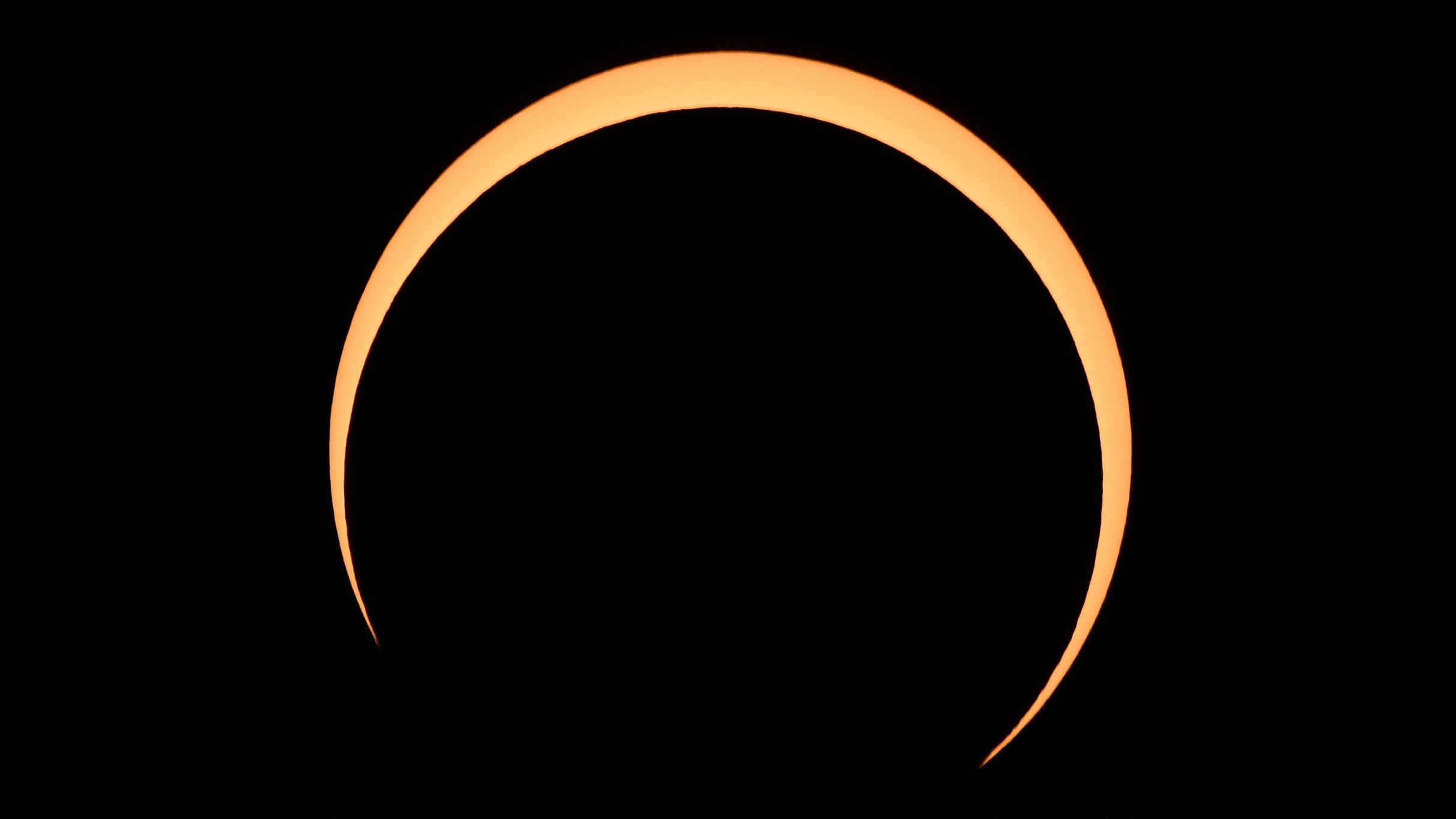
On Saturday (Oct. 14), 2023, a rare annular solar eclipse was visible throughout almost all of North, Central and South America, with lucky viewers in nine states getting treated to a spectacular "ring of fire" when the moon blocked all but the blazing outline of the sun. If you couldn't catch the momentous sky show in person, here are some of the best photos taken at eclipse viewing parties throughout the Americas.
Related: See the entire 'ring of fire' eclipse in 4 seconds in stunning satellite videos
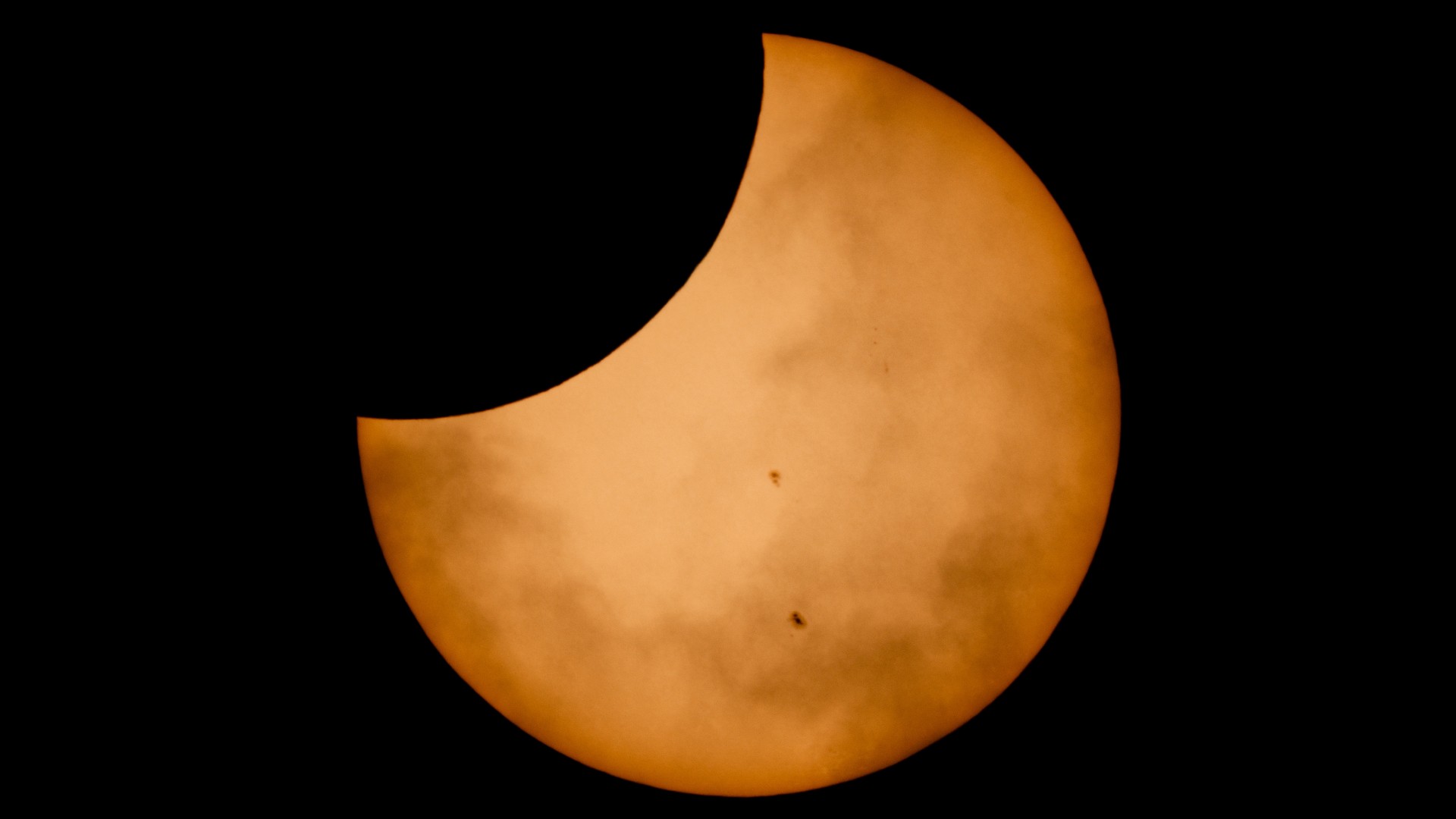
The solar eclipse began early on Saturday morning as the New Moon started to pass in front of the sun's disk. Photographer Rick Kern caught this image from Austin, Texas, revealing both the moon's incoming shadow as well as several large sunspots.
Related: Why are sunspots black?
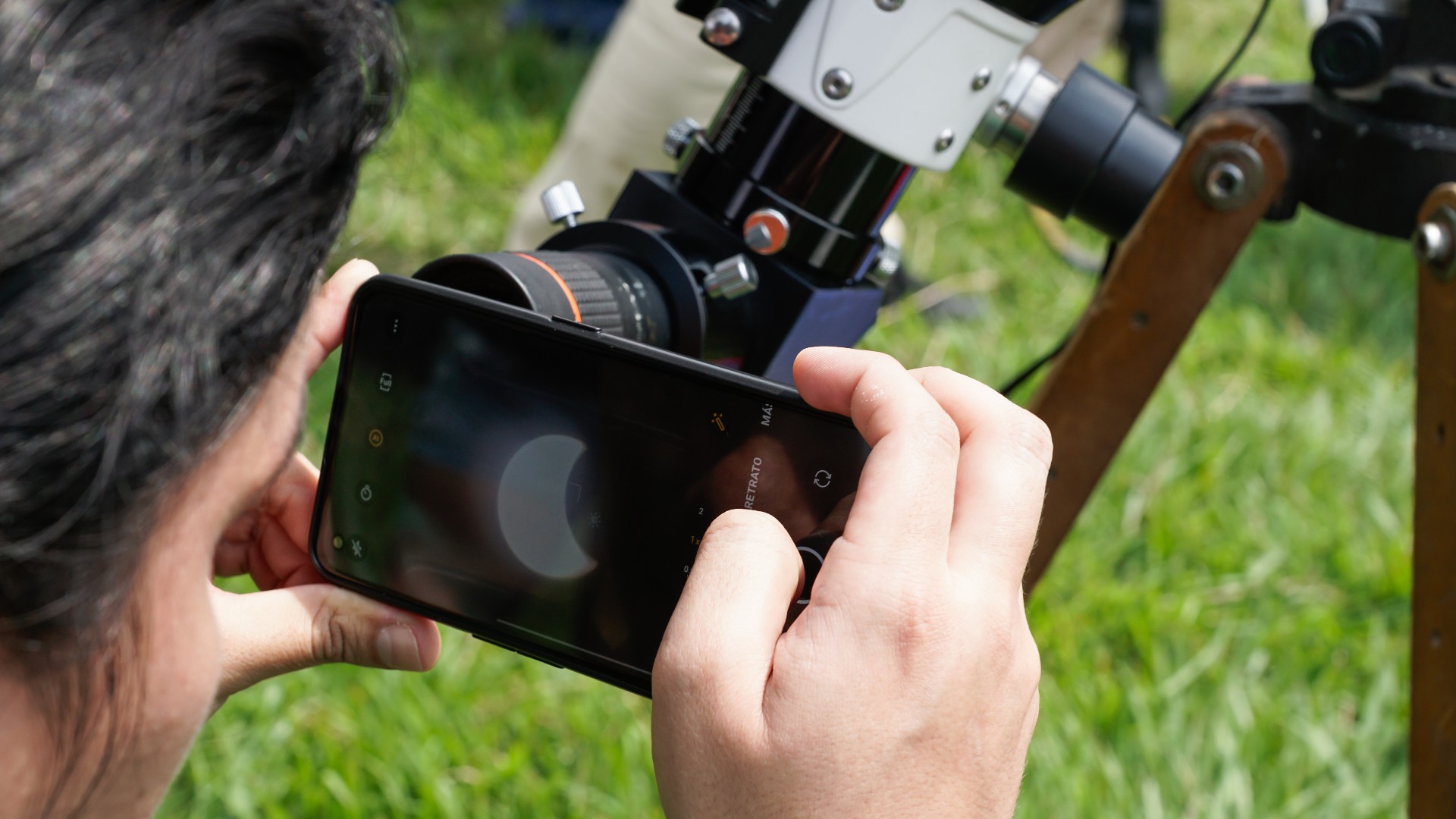
Though the partial eclipse was visible across the Americas, the path of annularity (the angle from which the moon appeared to move completely across the center of the sun) was only visible in a diagonal line moving from the northwestern United States down through Central and South America. Here, an eclipse viewer in San Salvador, El Salvador holds their phone up to a telescope as the moon moves toward the center of the sun's disk.
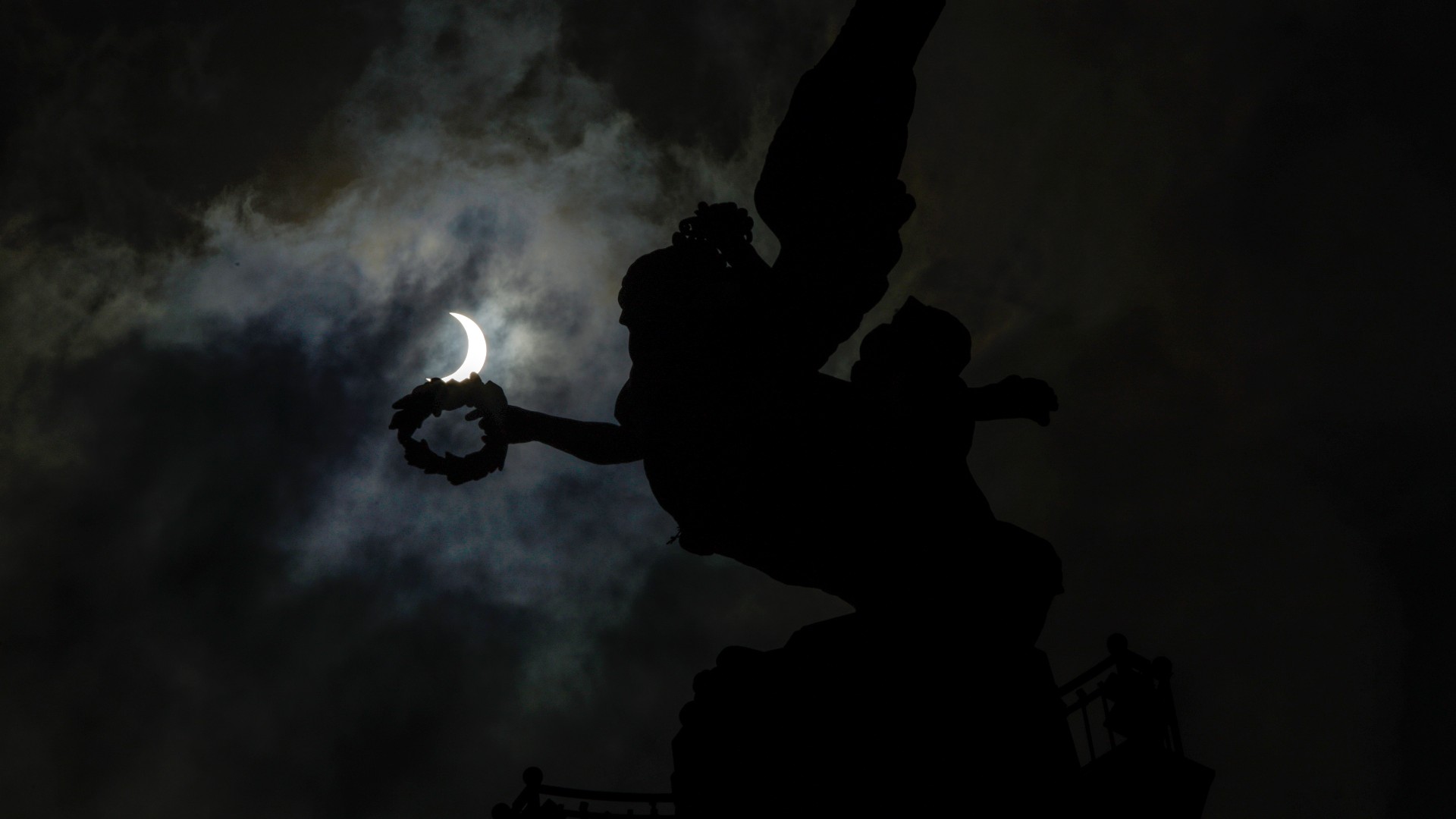
In Mexico City, photographer Gerardo Vieyra watched the moon slip past the sun near the Angel of Independence statue. The dark sky is an artistic effect used to peer past the clouds; the entire eclipse occurred in the daytime, and never reached a point of "totality," when the sun was entirely covered by the moon.

At its peak, the moon blocked up to 90% of the sun's disk, depending on the viewer's location. Here's the view near the peak as seen from Albuquerque, New Mexico, captured by photographer Patrick T. Fallon.
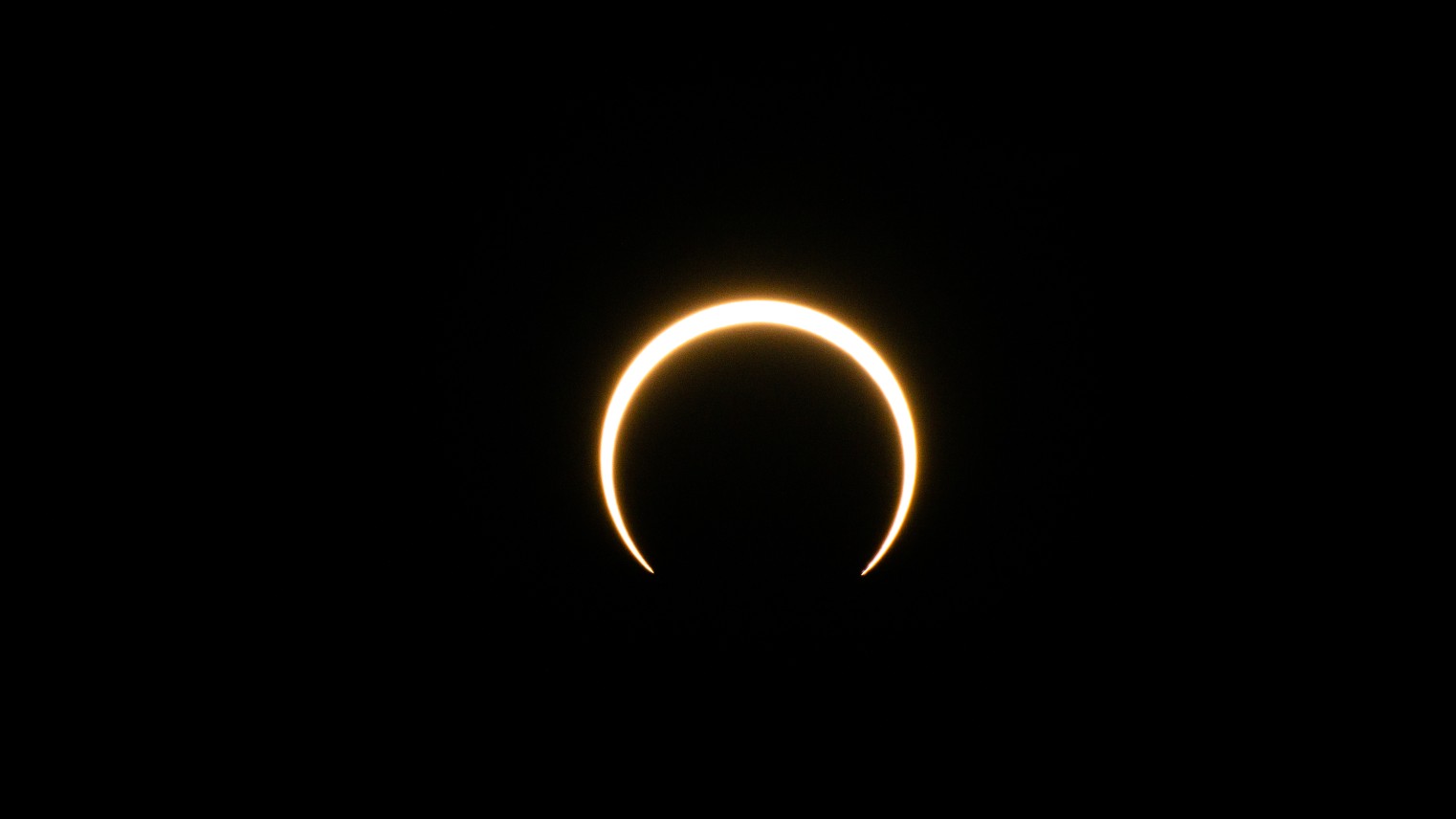
Here we see another shot near the moment of annularity, with the "ring of fire" beginning to appear around the moon's shadow. This shot was taken by photographer Brandon Bell in Kerrville, Texas.
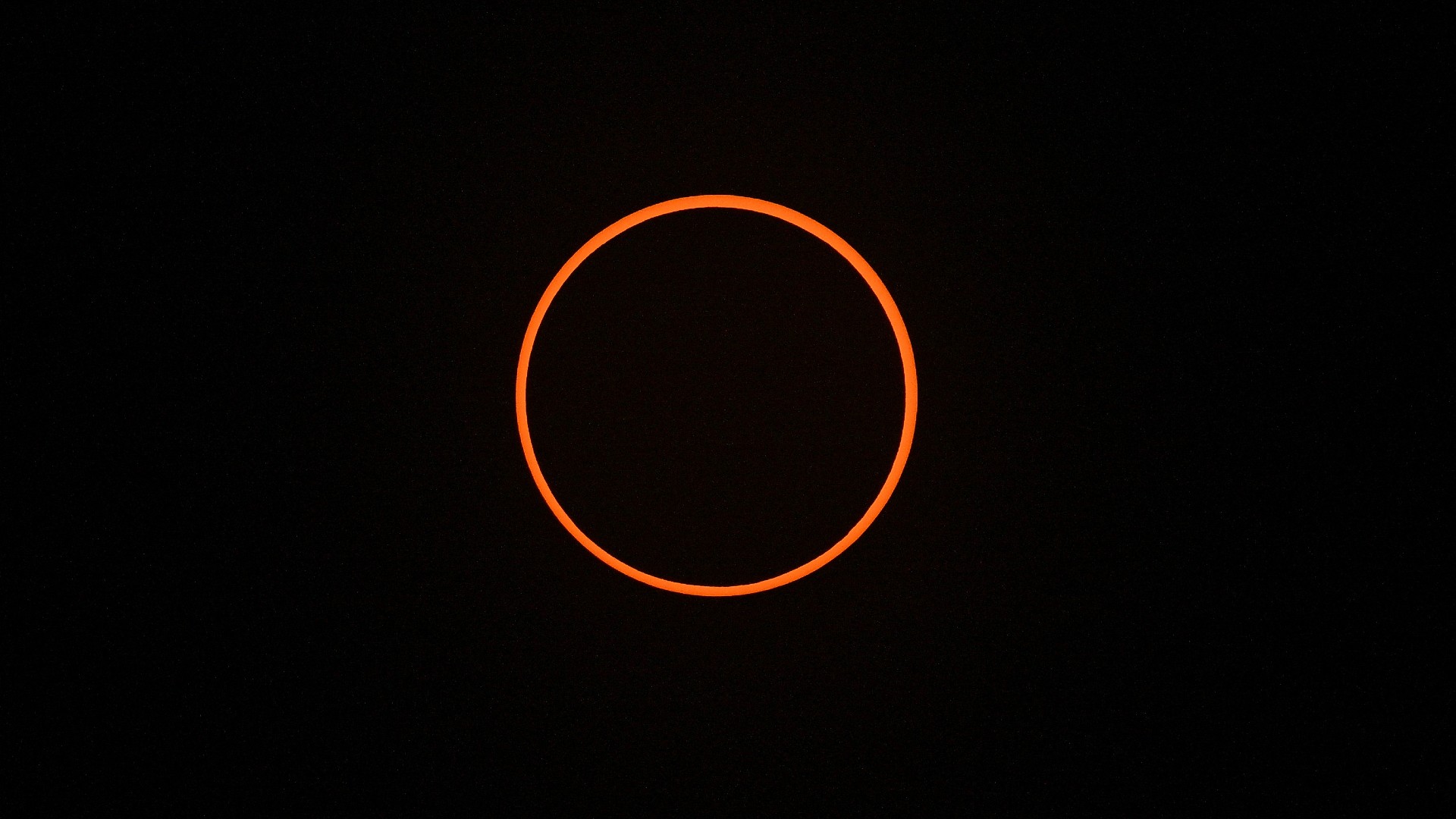
The moment of annularity arrives, and a "ring of fire" glows around the moon's shadow, as seen from Albuquerque, New Mexico. Photo by Sam Wasson.
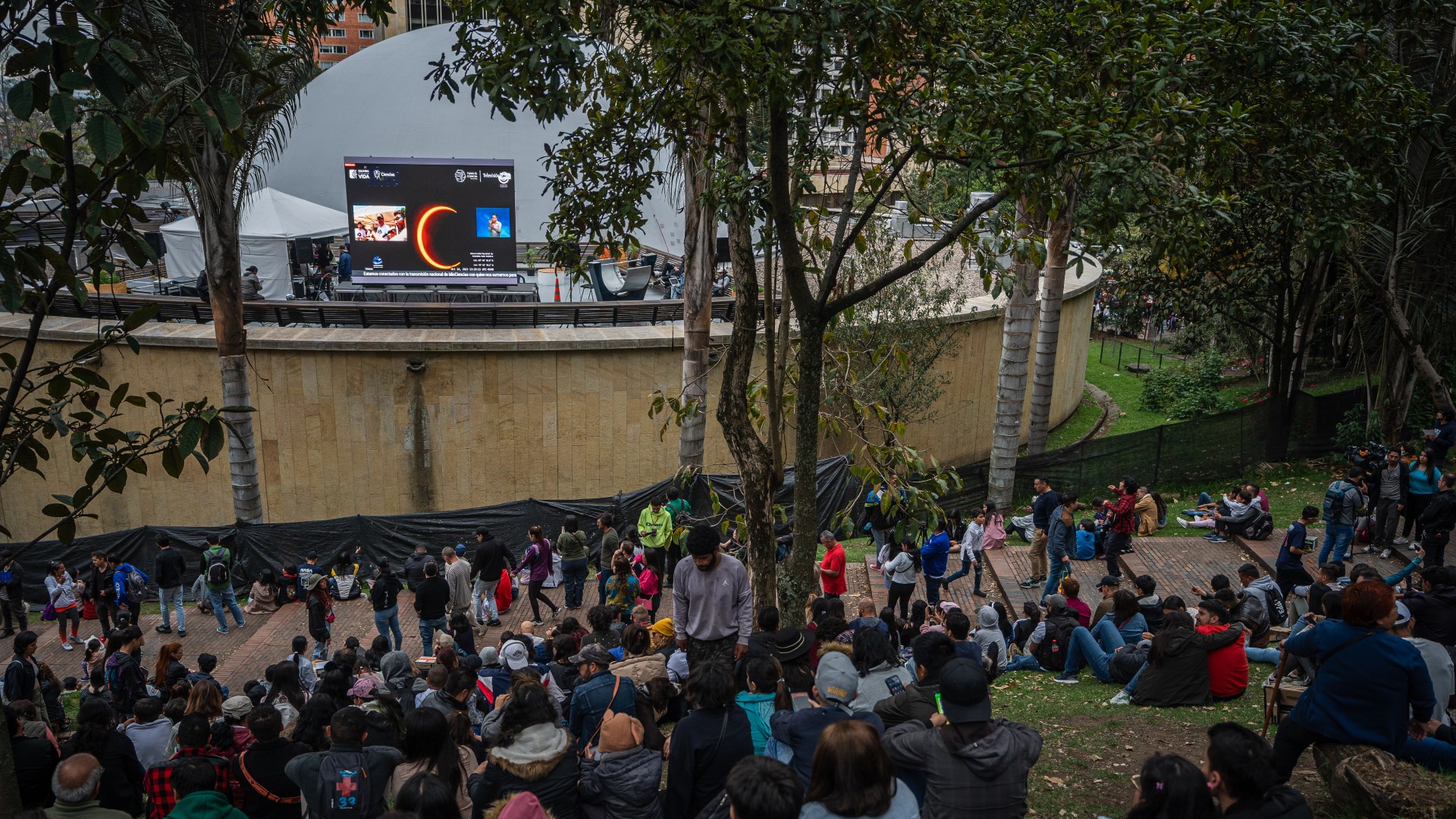
The eclipse was visible through much of Central and South America, too. Here, people gather for a viewing party outside of a planetarium in Bogota, Colombia. Photo by Diego Cuevas.
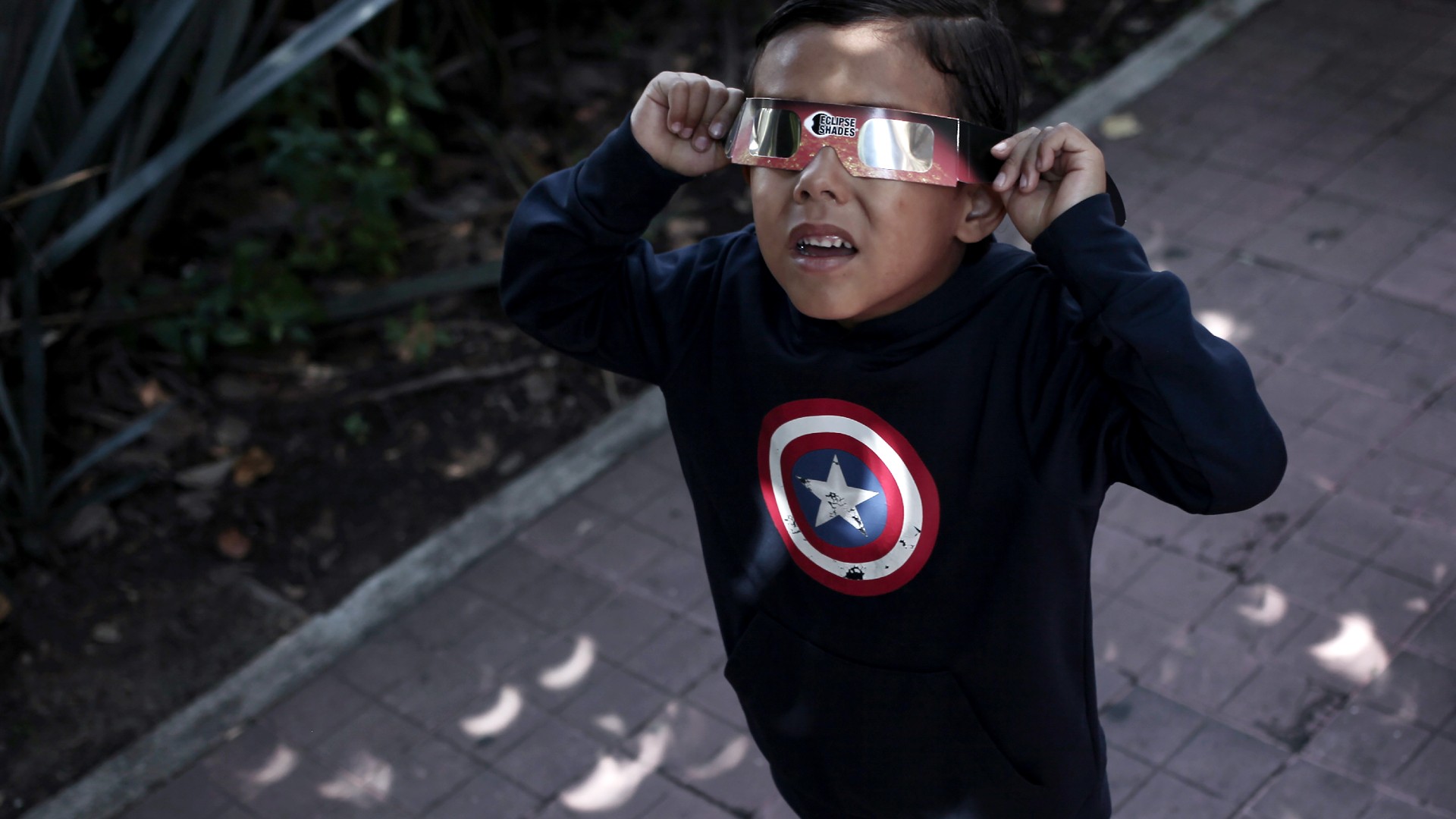
Crescent shadows appear on the ground as a child looks upward in eclipse glasses. Shadows of the eclipse were visible through trees, in a natural form of pinhole projection.
The next solar eclipse to cross the Americas is a total solar eclipse on April 8, 2024. This will be the last partial or total eclipse visible from the Americas for several decades.
Sign up for the Live Science daily newsletter now
Get the world’s most fascinating discoveries delivered straight to your inbox.

Brandon is the space/physics editor at Live Science. His writing has appeared in The Washington Post, Reader's Digest, CBS.com, the Richard Dawkins Foundation website and other outlets. He holds a bachelor's degree in creative writing from the University of Arizona, with minors in journalism and media arts. He enjoys writing most about space, geoscience and the mysteries of the universe.










